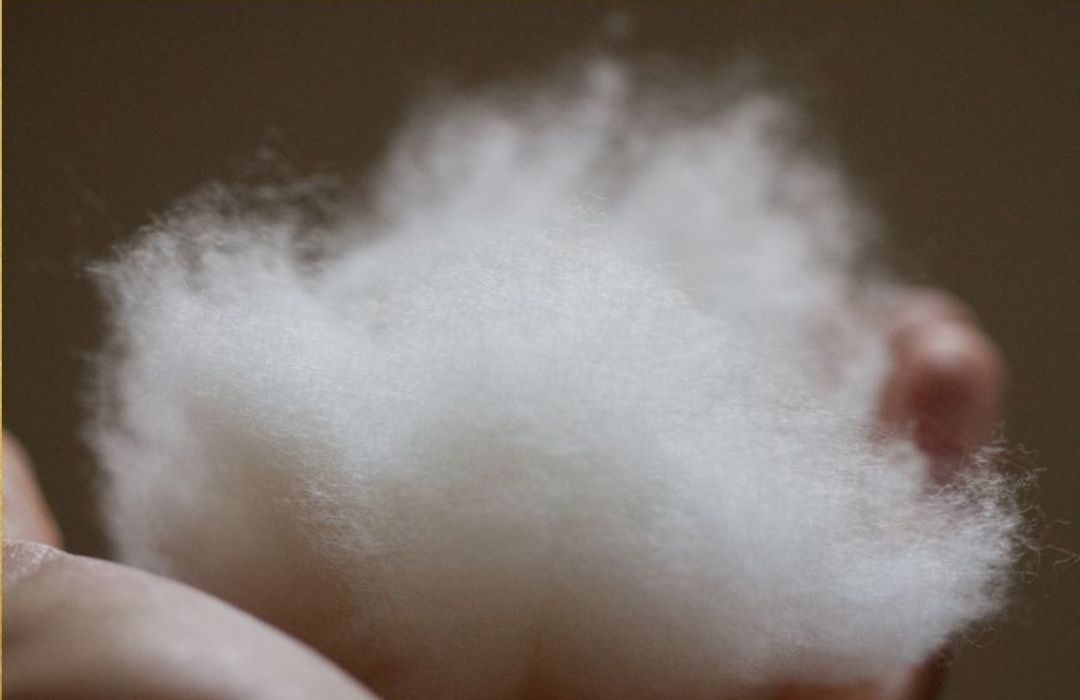The Fascinating World of cashmere: Understanding Its Composition and Uses
The Fascinating World of cashmere: Understanding Its Composition and Uses
Blog Article
Understanding the Various Kinds of Cashmere a Natural Fiber and Their Distinct Advantages

The Beginnings of Cashmere: A Historical Review
While the glamorous touch of cashmere proceeds to charm modern-day customers, its origins trace back to the rough, chilly environments of Mongolia and the Mountain ranges. For centuries, the indigenous peoples of these regions have actually been elevating Capra Hircus goats, the prime source of cashmere woollen. These goats, resistant against the severe wintertimes, expanded a great undercoat to endure, which later on came to be referred to as cashmere. The name itself pays tribute to Kashmir, an area in India where the wool was originally refined. Much of the early cashmere profession route was helped with by the Silk Road, linking Asia with the Middle East and Europe. Despite its global spread, the finest cashmere is still believed to originate from the original regions of Mongolia and the Himalayas.

The Production Process: From Goat to Garment
Shearing a Capra Hircus goat marks the beginning of the complex cashmere manufacturing procedure. This delicate procedure normally takes place yearly throughout spring. The penalty, soft undercoat is then divided from the coarser outer hair, a procedure referred to as dehairing. The resultant raw cashmere is then washed to remove contaminations such as vegetable, grease, and dust issue.
The tidy fiber goes through coloring, spinning, and weaving, or knitting, to change it right into a fabric. Complicated treatments such as high quality control checks and finishing processes follow, making sure the end item keeps the lavish standard expected of cashmere. This painstaking process, from goat to garment, warrants the high price affixed to cashmere items, making them a sign of luxury and improvement.
The Numerous Sorts Of Cashmere: An Extensive Evaluation

The Distinct Advantages of Cashmere: Convenience and Sustainability
Moving from the selection of cashmere types to the advantages they offer, comfort and sustainability stand out plainly. Cashmere, a natural fiber, is renowned for its unmatched gentleness, supplying a level of comfort that synthetic fibers can't match. The product's lightness, yet excellent warmth retention, makes it ideal for all seasons. In addition, cashmere's natural elasticity allows it to go back to its initial form, making it immune to extending or shrinking.
When it pertains to sustainability, cashmere is naturally degradable and renewable, as it's collected from More Bonuses cashmere goats who regrow their layers every year. what is cashmere. Unlike synthetic fibers which can take hundreds of years to decay, cashmere's influence on the setting is minimal. This combination of comfort and sustainability makes cashmere an advantageous selection for conscious customers

Taking Care Of Your Cashmere: Upkeep and Conservation Tips
While cashmere is unquestionably a glamorous and sustainable option, it requires specific like maintain its high quality and extend its lifespan. To begin, cashmere must be hand cleaned using cold water and a light detergent. Prevent turning or wringing the garment as it can damage the fibers. Instead, carefully press out excess water and lay it level on a towel to dry. Cashmere products should be stored in a trendy and dry location, away from direct sunlight and moisture. Using moth repellents can protect these garments from potential damage. It's a good idea to avoid hanging cashmere to stop stretching. Rather, layer and store them appropriately to keep their shape and quality with time.
Purchasing Cashmere: Comprehending Its Worth and Worth
Although cashmere may at first feel like a costly investment, its long-term value and worth ended up being obvious when you consider its impressive top qualities. Known for its unmatched soft qualities and heat, cashmere is a costs natural fiber that exceeds other materials. Its high need and limited supply contribute to its high price, but its longevity guarantees it lasts for many years, providing excellent value for money. Cashmere pieces are ageless, often becoming antiques gave with generations. what is cashmere. Its natural protecting homes offer warmth without the bulk of synthetic fibers. Buying cashmere, as a result, is not nearly existing fashion trends, but concerning embracing a lasting, long-lasting, and extravagant lifestyle.
Verdict
In summary, the sort of cashmere one picks, be it Mongolian, Chinese, or Italian, is determined by specific preferences for heat, deluxe, budget plan, and sustainability. The worth of cashmere extends past its rate, with comfort and durability including to its worth. Appropriate care and upkeep can guarantee its conservation. Understanding the origins, manufacturing process, resource and unique advantages of various types of cashmere can guide customers in their investment in this elegant natural fiber.
Whether it's the exceptional heat of Mongolian cashmere, the price of Chinese cashmere, or the eco-conscious production of Italian cashmere, there's a story to be uncovered behind each fiber kind. Cashmere, a natural fiber, is renowned for its unrivaled Related Site gentleness, supplying a level of convenience that artificial fibers can't match.When it comes to sustainability, cashmere is eco-friendly and biodegradable, as it's harvested from cashmere goats who regrow their layers annually. Understood for its unmatched gentleness and warmth, cashmere is a premium all-natural fiber that surpasses other materials. Recognizing the beginnings, production process, and distinct advantages of different types of cashmere can assist customers in their investment in this glamorous natural fiber.
Report this page